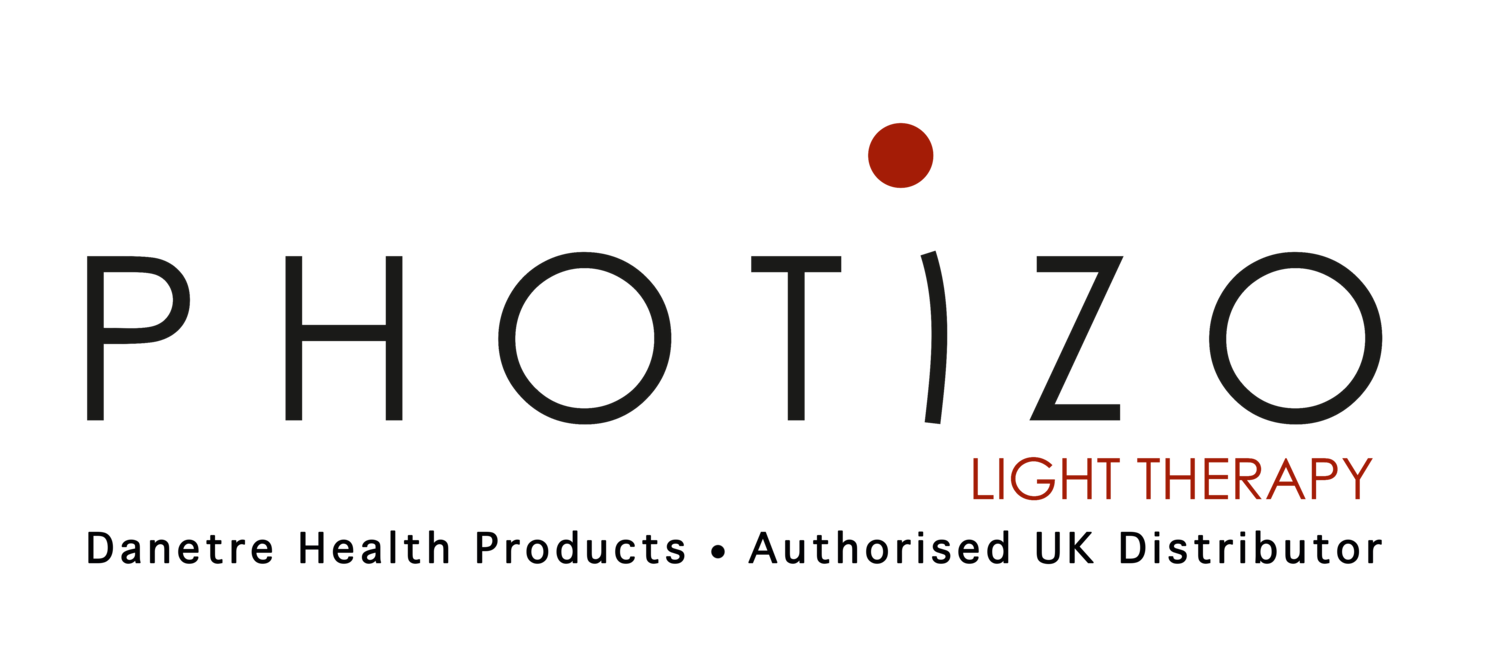Arthritis in canines
Arthritis could refer to:
Osteoarthritis – joint degeneration caused by wear and tear
Rheumatoid arthritis – a systemic disease that damages the capsule and bone in joints
Both forms of Arthritis in canines cause extreme pain and inflammation in joints and can damage joint surfaces. This joint damage causes further pain, inflammation and in the long term, bone deformities.
The tell-tale sign of arthritis in older dogs is a reluctance to move about. As your dog’s joints age, it will become more reluctant to run or play for long periods. It won’t jump up and down stairs as easily and may be stiff or even limping in the morning. These changes almost always come on very gradually. It is easy to ignore or not notice them at first. Slowing down isn’t only related to your pet’s joints.
Large dogs usually develop arthritis earlier but were bred to be very pain-resistant and stoic. This means they won’t let you know that they are in pain until their arthritis problem is quite advanced.
As pets guard their sore joints, muscles and ligaments contract, decreasing the joint’s range of motion. You may notice that your pet no longer jumps up on sofas and chairs as it once did. One common symptom of age-related arthritis is that joints tend to be stiffer and more painful after periods of rest. However, that pain tends to work out during the day. By evening, your pet may be its old self again.
Arthritis problems tend to be worse in overweight pets. The added weight puts more pressure on the joints, causing them to become weaker and more painful. Some think that panting after walks is caused only by obesity. However, arthritis pain can also be largely to blame for this. Cold days and dampness tend to make symptoms worse as well.
How does the Photizo work?
Photizo Light Therapy provides treatment using LEDs that emit red and infrared light. This light penetrates the skin to stimulate energy production and other metabolic processes in affected areas. Infrared light is one of the only physical therapies that act to create a healing effect. Damaged cells can actually be rejuvenated by light.
ATP is the major carrier of energy in the cells and is made by the cell’s power units, the mitochondria. Without ATP, all cellular functions cease. Whereas an increase in ATP allows the cells to accept nutrients faster and to dispose of waste products by increasing the energy levels in the cell. ATP provides the chemical energy that drives the chemical reactions of the cell. ATP production is enhanced by light therapy, as light of an optimal wavelength energises the cytochrome b structure, allowing it to donate electrons to the electron transport chain at a greater rate to increase ATP production.
Light Emitting Diodes (LEDs) do not deliver enough power to damage the tissue, but they do deliver enough energy to promote natural self-healing and pain relief. As with laser treatments, the LED’s power output has been optimised to be at its most effective. The LEDs provide a much gentler delivery of the same healing wavelengths but without the risks of a laser.
The Photizo provides one-touch, pre-programmed, effective dosages for the treatment of many painful and inflammatory conditions. It ensures that the effective amount of joules/dosages for specified conditions are delivered precisely and effortlessly.
How can Photizo Light Therapy help with arthritis in canines?
Photizo treatment will naturally reduce swelling and inflammation, relieve pain within minutes and can last for up to six hours or even longer. Responses can be different in different dogs and even horses, so it’s best to be patient and establish the best frequency of maintenance dose for your own animal.
Photizo stimulates the body’s own pain medication secretion (endorphins and serotonin) and reduces the irritability and conduction speed of the pain nerves. It also effectively relieves the inflammatory process and swelling that causes pressure on the pain conducting nerves that trigger the pain. Muscle spasms that accompany pain, can also be reduced with Photizo treatment, ensuring more joint mobility and flexibility.
Photizo stimulates the energy production inside the cell to cause the cell to function at optimum levels, upholding optimum cartilage and bone cell functioning, slowing down the degeneration. When treating regularly, this will slow down the degeneration.
Photizo treatment is effective, natural, and safe with no side effects or contra-indications to treat all the symptoms of arthritis. Photizo is easy to use, works off battery or mains power and is a most precious gift for the arthritic sufferer!


